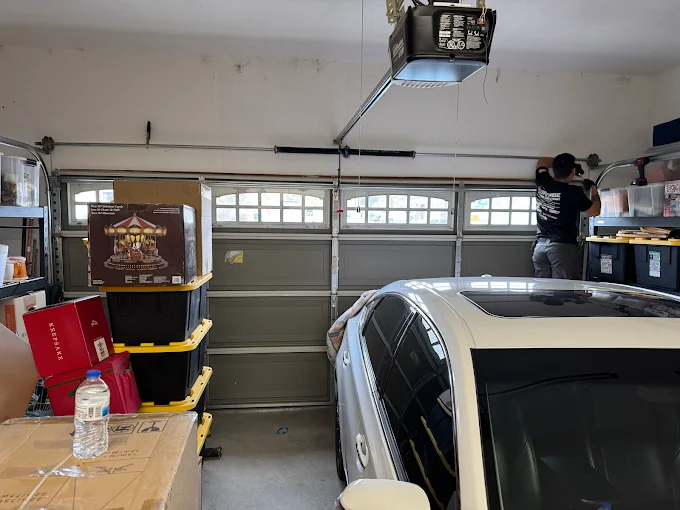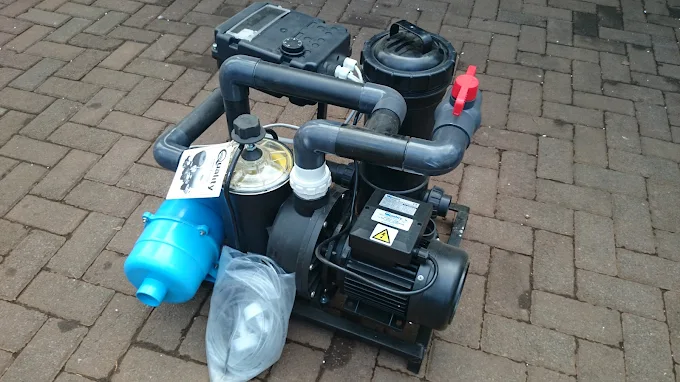
Keeping your carpets clean is essential for a healthy and beautiful home. Residential carpet cleaning goes beyond surface vacuuming, tackling deep-seated dirt, allergens, and stains. Whether it’s muddy footprints, pet accidents, or everyday wear and tear, carpets can quickly become grimy and dull. In this guide, we’ll explore why professional carpet cleaning is worth it, how often you should clean your carpets, and tips to maintain their freshness.
Why Residential Carpet Cleaning Matters
Carpets do more than just add comfort and warmth to your home—they act as giant air filters, trapping dust, dirt, pet dander, and allergens. Over time, these particles build up within the fibers, making the carpet look worn and discolored. More importantly, dirty carpets can negatively affect indoor air quality, triggering allergies or respiratory issues.
Without regular cleaning, allergens and bacteria thrive within your carpets, leading to unpleasant odors and potential health risks. Residential carpet cleaning helps eliminate these contaminants, making your living space not only more pleasant but also healthier.
Professional Cleaning vs. DIY Cleaning
While vacuuming and spot cleaning are essential parts of routine carpet maintenance, they only address surface dirt. Deep cleaning is necessary to remove embedded grime and allergens. Many homeowners attempt DIY carpet cleaning, but the results can be less than satisfactory. Here’s why professional cleaning makes a difference:
- Powerful Equipment: Professionals use industrial-grade machines that extract dirt from deep within the carpet fibers, unlike most home machines.
- Expert Techniques: Cleaning experts assess the type of carpet and the extent of staining to choose the most effective method, such as hot water extraction or steam cleaning.
- Stubborn Stain Removal: Some stains, like wine or pet urine, are challenging to remove without specialized treatments.
- No Residue Left Behind: DIY methods can leave soapy residues that attract more dirt, whereas professionals ensure a residue-free clean.
- Time and Effort: Deep cleaning a carpet yourself can be time-consuming and physically demanding. Professionals handle the job efficiently.
Different Methods of Professional Carpet Cleaning
1. Hot Water Extraction (Steam Cleaning)
This is one of the most common professional methods. It involves injecting hot water mixed with a cleaning solution into the carpet, then extracting it with powerful suction. This method is highly effective at removing dirt, allergens, and most stains.
2. Dry Carpet Cleaning
Dry cleaning uses minimal moisture and involves spreading a cleaning compound over the carpet and working it into the fibers. Afterward, the compound and loosened dirt are vacuumed away. This method is suitable for carpets that cannot tolerate excessive moisture.
3. Carpet Shampooing
Although less common now, shampooing involves scrubbing the carpet with a foamy detergent. While it can leave the carpet looking clean, residue may attract dirt if not rinsed thoroughly.
4. Bonnet Cleaning
Mainly used in commercial settings, bonnet cleaning involves using a rotating brush to clean the surface of the carpet. It’s effective for quick touch-ups but doesn’t address deep-seated dirt.
5. Encapsulation Cleaning
This modern method involves applying a cleaning solution that crystallizes dirt particles. Once dry, the crystals are vacuumed away. It’s a quick-drying process ideal for low-pile carpets.
How Often Should You Clean Your Carpets?
The frequency of professional carpet cleaning depends on various factors, such as foot traffic, pets, and family size. Here are some general guidelines:
- High Traffic Areas (Living Rooms, Hallways): Every 6 to 12 months
- Low Traffic Areas (Bedrooms, Guest Rooms): Once every 12 to 18 months
- Households with Pets or Allergies: Every 3 to 6 months
- Homes with Smokers or Allergy Sufferers: At least every 6 months
Regular professional cleaning not only maintains your carpet’s appearance but also prolongs its lifespan.
Maintaining Your Carpets Between Cleanings
- Regular Vacuuming: Aim to vacuum high-traffic areas at least twice a week.
- Spot Clean Spills Promptly: Blot spills with a clean cloth, avoiding vigorous scrubbing that can set the stain.
- Use Mats and Rugs: Place them at entry points to reduce dirt tracked in from outside.
- Pet Grooming: Regularly brushing pets helps minimize shedding and dander buildup.
- Rotate Furniture: Moving furniture occasionally prevents uneven wear and keeps your carpet looking even.
- Professional Maintenance Plans: Some companies offer periodic cleaning packages to keep carpets consistently clean.
Choosing the Right Carpet Cleaning Service
When selecting a professional carpet cleaning service, consider the following:
- Reputation: Check online reviews and testimonials.
- Certifications: Look for IICRC (Institute of Inspection, Cleaning and Restoration Certification) certification.
- Eco-Friendly Products: Choose companies that use non-toxic, pet-safe cleaning solutions.
- Clear Pricing: Avoid companies that give vague or fluctuating estimates.
- Satisfaction Guarantee: Reputable services stand by their work and offer follow-up cleaning if necessary.
Conclusion
Residential carpet cleaning is more than just a visual upgrade; it’s a health investment. By choosing professional cleaning services, you ensure your carpets remain fresh, vibrant, and free from allergens. Paired with routine maintenance, professional cleaning keeps your home welcoming and healthy.
Don’t let dirt and allergens compromise your comfort. Schedule your residential carpet cleaning today and enjoy a cleaner, healthier living space!





